Home>Furniture & Design>Interior Design Trends>How Are Stained Glass Windows Made
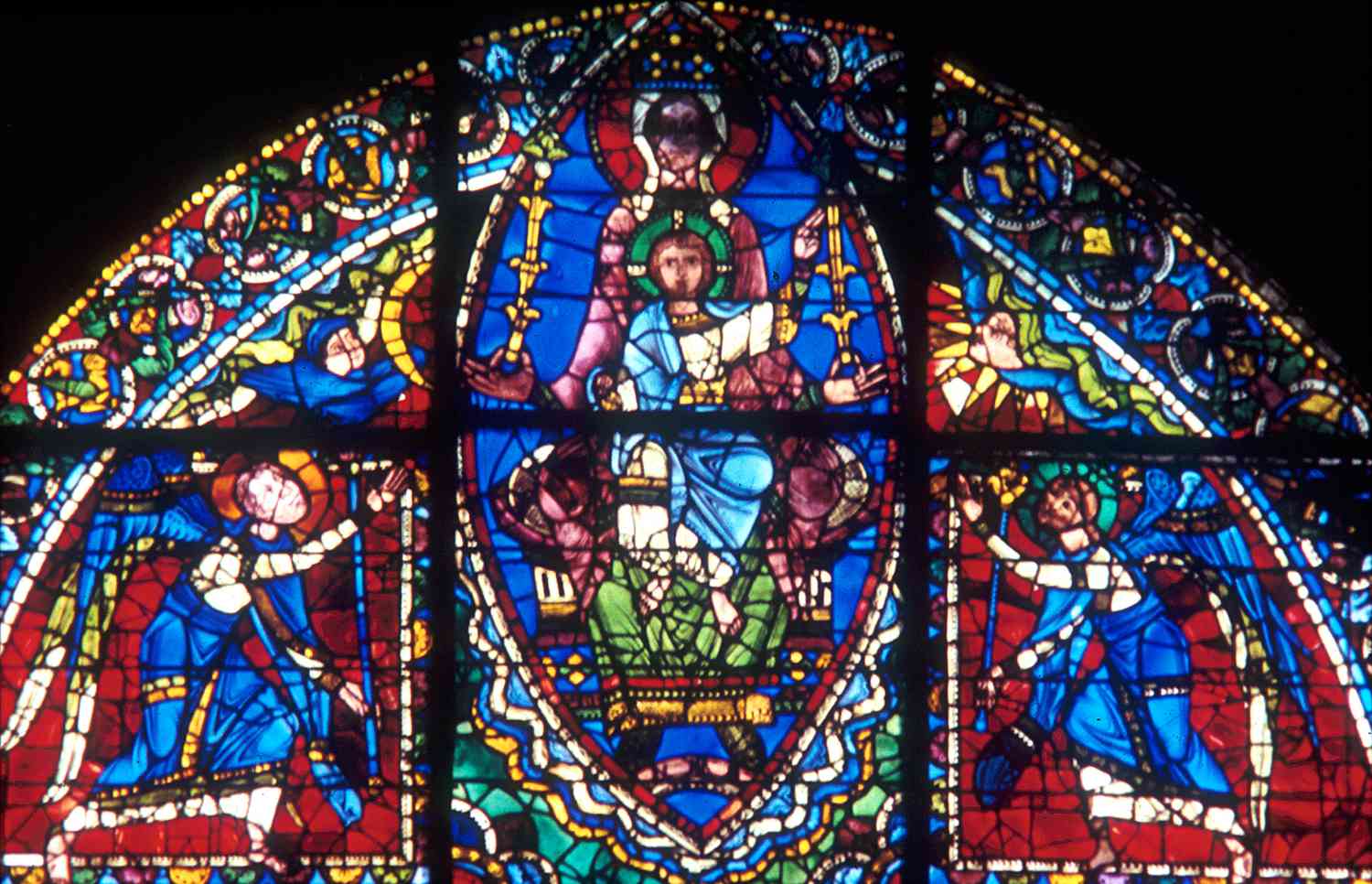

Interior Design Trends
How Are Stained Glass Windows Made
Modified: February 18, 2024
Discover the intricate process of creating stunning stained glass windows and how they can elevate interior design trends. Explore the artistry and craftsmanship behind these timeless decorative elements.
(Many of the links in this article redirect to a specific reviewed product. Your purchase of these products through affiliate links helps to generate commission for Storables.com, at no extra cost. Learn more)
Introduction
Stained glass windows have long been revered for their exquisite beauty and timeless allure. These captivating works of art have graced the interiors of majestic cathedrals, opulent palaces, and humble abodes, leaving an indelible impression on all who behold them. The art of creating stained glass windows is a meticulous and intricate craft that has been perfected over centuries, blending artistic expression with architectural splendor.
The allure of stained glass windows lies in their ability to transform ordinary light into a mesmerizing kaleidoscope of colors and patterns. Each piece of stained glass is a testament to the skill and creativity of the artisans who meticulously craft them. From the vibrant hues of a rose window to the intricate details of a religious narrative, stained glass windows are a testament to the enduring legacy of human creativity and ingenuity.
Throughout history, stained glass windows have served as a medium for storytelling, religious expression, and artistic innovation. They have withstood the test of time, transcending cultural and geographical boundaries to become a universal symbol of beauty and craftsmanship. The process of creating stained glass windows is a labor of love, requiring precision, patience, and a deep understanding of the interplay between light and color.
In this article, we will embark on a captivating journey into the world of stained glass windows, delving into their rich history, the materials and techniques used in their creation, and the profound symbolism they hold. We will explore the intricate process of making stained glass windows, from the initial design to the final installation, and shed light on the importance of preserving and maintaining these timeless works of art. Join us as we unravel the enchanting world of stained glass windows and discover the magic that lies within each exquisite pane.
Key Takeaways:
- Stained glass windows are meticulously crafted using colored glass, lead came, and artistic vision, creating enduring testaments to the beauty of light, color, and human creativity.
- These exquisite works of art hold profound cultural and religious significance, serving as visual narratives of history, spirituality, and artistic expression, captivating and inspiring generations to come.
Read more: How Is Stained Glass Made
History of Stained Glass Windows
The history of stained glass windows is a tapestry woven with the threads of artistic innovation, cultural expression, and architectural magnificence. Dating back to the 7th century, the origins of stained glass can be traced to the majestic cathedrals of Europe, where these resplendent windows served as a visual symphony of religious narratives and artistic prowess.
The earliest known examples of stained glass can be found in the Romanesque and Gothic churches of the medieval era. These awe-inspiring windows were not merely decorative elements but were revered as a means of conveying biblical stories and religious teachings to a largely illiterate congregation. The vibrant hues and intricate designs of stained glass windows transformed the interiors of these sacred spaces into ethereal realms of divine illumination.
During the Middle Ages, stained glass windows reached the zenith of their artistic expression, with master craftsmen pushing the boundaries of creativity and technical skill. The development of the "grisaille" technique, which utilized delicate shades of grey to create nuanced imagery, marked a significant milestone in the evolution of stained glass artistry. This period also witnessed the rise of the "rose window," a circular stained glass masterpiece that adorned the facades of cathedrals, captivating all who beheld its resplendent beauty.
The Renaissance era ushered in a new chapter in the history of stained glass, as artists and artisans sought to marry the principles of classical art with the ethereal allure of colored light. The works of renowned masters such as Albrecht Dürer and Leonardo da Vinci inspired a renaissance in stained glass design, leading to the creation of windows that seamlessly blended religious iconography with the aesthetics of the human form.
The 19th and 20th centuries witnessed a revival of interest in stained glass, with artists and architects embracing this ancient art form as a means of infusing modern structures with a sense of timeless grandeur. The Art Nouveau and Art Deco movements brought forth a reimagining of stained glass, with sinuous lines, organic motifs, and geometric patterns adorning windows in both public buildings and private residences.
Today, the legacy of stained glass windows endures as a testament to the enduring power of human creativity and the transcendent beauty of light and color. From the hallowed halls of historic cathedrals to contemporary architectural marvels, stained glass windows continue to captivate and inspire, weaving together the threads of history, art, and spirituality in a luminous tapestry that spans the ages.
Materials Used in Making Stained Glass Windows
The creation of stained glass windows is a meticulous process that relies on a diverse array of materials, each playing a crucial role in bringing these exquisite works of art to life. From the vibrant hues of colored glass to the sturdy framework that supports and showcases the intricate designs, the materials used in making stained glass windows are a testament to the craftsmanship and ingenuity of the artisans involved.
-
Colored Glass: At the heart of every stained glass window lies the vibrant and translucent colored glass that forms the basis of its visual splendor. This specialized glass is crafted by adding metallic oxides during the manufacturing process, resulting in a dazzling spectrum of hues that range from rich cobalt blues to fiery crimson reds. Each piece of colored glass is carefully selected to complement the overall design, with varying opacities and textures adding depth and dimension to the final composition.
-
Lead Came: The structural framework of a stained glass window is typically constructed using lead came, a flexible and durable material that holds the individual pieces of glass in place. Lead came is meticulously shaped and soldered together to form the intricate lines and patterns that define the design, providing both stability and visual cohesion to the finished window. In addition to its functional role, the dark patina of lead came adds a sense of contrast and definition to the colorful glass panels.
-
Solder and Flux: Solder, a fusible metal alloy, is used to join the intersecting points of lead came, creating a seamless and secure bond between the individual glass pieces. Flux, a chemical compound, is applied to the lead came before soldering to facilitate the flow of molten solder and ensure a strong, uniform connection. The skillful application of solder and flux is essential in achieving a smooth and polished finish, enhancing the overall aesthetic appeal of the stained glass window.
-
Supportive Structure: In larger stained glass windows, a supportive structure, often made of steel or wrought iron, is employed to bear the weight of the glass panels and provide structural integrity. This framework is meticulously engineered to withstand the forces of gravity and environmental stress, ensuring that the stained glass window remains stable and secure over time.
-
Paints and Stains: To add intricate details and shading to the designs, specialized paints and stains are applied to the surface of the glass. These translucent mediums allow for the creation of delicate lines, subtle gradients, and nuanced textures, enhancing the visual depth and complexity of the imagery. The application of paints and stains is a delicate art form in itself, requiring precision and finesse to achieve the desired artistic effects.
The harmonious interplay of these materials, guided by the skilled hands of artisans, culminates in the creation of stained glass windows that transcend mere craftsmanship, becoming enduring testaments to the beauty of light, color, and human creativity.
Process of Making Stained Glass Windows
The process of making stained glass windows is a meticulous and multi-faceted endeavor that demands precision, artistry, and technical expertise. From the initial design concept to the final installation, each stage of the process is imbued with a sense of craftsmanship and creative vision.
-
Design and Planning: The journey begins with the creation of a detailed design that serves as the blueprint for the stained glass window. This phase often involves collaboration between the artist, architect, and skilled glass artisans. The design encompasses not only the aesthetic composition but also considerations for structural integrity and the interplay of light and color.
-
Selection of Glass: Once the design is finalized, the process of selecting the appropriate glass commences. Artisans meticulously choose from a vast array of colored glass, considering factors such as opacity, texture, and light transmission. Each piece of glass is hand-selected to ensure that it harmonizes with the overall design and contributes to the desired visual impact.
-
Cutting and Shaping: The selected glass is then carefully cut into individual pieces according to the precise specifications of the design. This delicate process demands a steady hand and keen attention to detail, as even the slightest deviation can impact the overall cohesion of the finished window. The glass pieces are shaped to fit seamlessly within the framework of the design, with intricate curves and angles adding depth and complexity to the composition.
-
Assembly and Soldering: The cut glass pieces are meticulously assembled within the lead came framework, with each piece snugly nestled alongside its counterparts. The lead came is then soldered at the intersecting points, creating a secure and unified structure. This stage requires a high level of skill and dexterity, as the artisan must ensure that the solder lines are smooth and consistent, enhancing the overall visual appeal of the window.
-
Painting and Detailing: For windows that require intricate details and shading, specialized paints and stains are applied to the surface of the glass. This delicate process allows for the creation of nuanced textures, subtle gradients, and fine lines, adding depth and dimension to the imagery. The application of paints and stains demands a deft touch and a nuanced understanding of color theory and light interaction.
-
Installation and Finishing: Once the individual glass panels are assembled and painted, the stained glass window is meticulously inspected to ensure that each element meets the exacting standards of the design. The window is then carefully installed within its intended setting, whether it be a grand cathedral, a stately mansion, or a contemporary architectural marvel. The final installation marks the culmination of the artisan's labor, as the stained glass window takes its rightful place as a luminous centerpiece, captivating all who behold its resplendent beauty.
The process of making stained glass windows is a testament to the enduring legacy of human creativity and the timeless allure of light and color. Each step in the journey, from design to installation, reflects the unwavering dedication of artisans who strive to create works of art that transcend mere craftsmanship, becoming enduring testaments to the beauty of light, color, and human ingenuity.
Different Techniques for Creating Stained Glass Windows
The art of creating stained glass windows encompasses a diverse array of techniques, each bearing its own unique aesthetic and technical nuances. From time-honored traditional methods to innovative contemporary approaches, the world of stained glass artistry is a rich tapestry of creativity and skill. Let's explore some of the prominent techniques employed in the creation of these exquisite works of art.
-
Leaded Glass Technique: The leaded glass technique, also known as the "came" technique, is one of the oldest and most traditional methods of creating stained glass windows. This approach involves the use of lead came, a flexible lead strip, to join individual pieces of glass together. The lead came is meticulously shaped and soldered at the joints, creating a cohesive framework that supports the glass panels. This technique allows for precise control over the placement of glass pieces and is well-suited for intricate, detailed designs.
-
Copper Foil Technique: Developed by renowned stained glass artist Louis Comfort Tiffany in the late 19th century, the copper foil technique revolutionized the art of stained glass. Unlike the leaded glass technique, which uses lead came for assembly, the copper foil technique employs a thin copper foil to wrap around the edges of each glass piece before soldering them together. This method offers greater flexibility in creating delicate, intricate designs and is particularly well-suited for projects that require fine details and curved lines.
-
Painted Glass Technique: The painted glass technique involves the application of specialized paints and stains directly onto the surface of the glass to create intricate details, shading, and textures. This method allows for a high degree of artistic expression, enabling artisans to imbue the glass with lifelike imagery, subtle gradients, and nuanced textures. The painted glass technique is often used to depict narrative scenes, religious iconography, and ornate decorative elements, adding depth and complexity to the overall composition.
-
Fused Glass Technique: In the fused glass technique, individual pieces of glass are fused together in a kiln at high temperatures, creating a single, solid piece of glass with intricate patterns and textures. This method offers unparalleled freedom in creating dynamic, three-dimensional forms and abstract designs. Fused glass panels can be incorporated into stained glass windows to add a contemporary and avant-garde aesthetic, infusing the traditional art form with a modern twist.
-
Etched Glass Technique: Etching involves the use of abrasive or chemical processes to create intricate patterns, textures, and designs on the surface of the glass. This technique allows for the incorporation of fine details and delicate motifs, adding a layer of visual interest and tactile depth to the stained glass window. Etched glass panels can introduce a sense of subtlety and refinement, creating captivating interplays of light and shadow within the composition.
Each of these techniques represents a distinct approach to the art of creating stained glass windows, offering a wealth of possibilities for artistic expression and technical innovation. Whether rooted in tradition or embracing contemporary experimentation, these techniques converge to form a vibrant tapestry of creativity, breathing life into the timeless allure of stained glass artistry.
When making stained glass windows, it’s important to use a pattern to cut the glass pieces to the right shape and size. This will ensure that the pieces fit together properly when assembled.
Read more: How Window Glass Is Made
Importance and Symbolism of Stained Glass Windows
Stained glass windows hold a profound significance that transcends their aesthetic beauty, serving as poignant symbols of cultural heritage, religious devotion, and artistic expression. These luminous masterpieces have played a pivotal role in shaping the architectural and spiritual landscapes of diverse civilizations, embodying a rich tapestry of symbolism and meaning.
At the heart of the importance of stained glass windows lies their ability to transcend the mundane and elevate the human spirit. Through the interplay of light and color, these windows create an ethereal ambiance that transcends the confines of physical space, inviting contemplation and introspection. In sacred settings, such as churches and cathedrals, stained glass windows serve as visual narratives, conveying timeless stories of faith, virtue, and redemption to congregants and visitors alike. They become living testaments to the enduring power of religious traditions, offering a visual symphony of divine inspiration and spiritual enlightenment.
Beyond their religious significance, stained glass windows hold a broader cultural importance, serving as repositories of history, folklore, and artistic innovation. From medieval depictions of saints and martyrs to Renaissance interpretations of classical mythology, these windows encapsulate the collective ethos of their respective eras, preserving the ethos of bygone epochs for contemporary appreciation. They are veritable time capsules, offering glimpses into the societal values, artistic sensibilities, and technological achievements of the past, fostering a profound sense of cultural continuity and collective memory.
Symbolically, stained glass windows embody a myriad of motifs and allegories, each imbued with layers of meaning and interpretation. The vibrant hues and intricate patterns of stained glass are often laden with symbolic significance, with colors representing virtues, emotions, and spiritual truths. The interplay of light through the colored glass evokes a sense of transcendence, symbolizing the ineffable beauty of the divine and the eternal quest for enlightenment. The geometric and floral designs found in stained glass windows carry symbolic weight, with circles representing unity and eternity, while floral motifs evoke themes of rebirth and renewal.
In essence, stained glass windows stand as timeless monuments to the human impulse for creativity, spirituality, and cultural expression. Their enduring importance lies in their ability to transcend the boundaries of time and space, weaving together the threads of history, art, and symbolism into a luminous tapestry that resonates with the human soul. As guardians of tradition, bearers of meaning, and conduits of beauty, stained glass windows continue to captivate and inspire, affirming their indelible place in the pantheon of human creativity and cultural heritage.
Maintenance and Restoration of Stained Glass Windows
The maintenance and restoration of stained glass windows are essential practices aimed at preserving these exquisite works of art for future generations. As enduring testaments to human creativity and cultural heritage, stained glass windows require meticulous care and periodic restoration to ensure their longevity and visual splendor.
Maintenance
Regular maintenance plays a pivotal role in safeguarding the integrity of stained glass windows. This involves routine inspections to identify any signs of deterioration, such as cracked or loose glass pieces, degraded lead came, or weather-related damage. Additionally, cleaning the glass surfaces to remove accumulated dirt, grime, and environmental pollutants is crucial for maintaining the luminous brilliance of the windows. Careful attention is also given to the supportive framework, ensuring that it remains structurally sound and capable of bearing the weight of the glass panels.
Preservation efforts extend beyond the physical components of the windows, encompassing environmental considerations as well. Controlling exposure to direct sunlight, fluctuations in temperature, and excessive humidity is vital in mitigating the risk of glass deterioration and lead degradation. Implementing protective glazing or UV-filtering films can help shield stained glass windows from the harmful effects of ultraviolet radiation, preserving their vibrant colors and delicate details.
Restoration
Over time, the ravages of age and environmental factors can take a toll on stained glass windows, necessitating comprehensive restoration efforts to revitalize their splendor. Restoration begins with a thorough assessment of the windows' condition, identifying areas of damage, structural weakness, and aesthetic degradation. Skilled artisans meticulously document the existing design and color palette, ensuring that the restoration process remains faithful to the original artistic vision.
The restoration process often involves delicate tasks such as disassembling the window, cleaning each glass piece, and replacing any damaged or deteriorated elements. The lead came may require meticulous repair or replacement to reinforce the structural integrity of the window. Artisans adeptly match the original glass hues and textures, employing traditional techniques to recreate missing or damaged sections with precision and artistry.
Once the restoration is complete, the revitalized stained glass window is reinstated in its intended setting, radiating with renewed luminosity and vibrancy. The restored window stands as a testament to the enduring dedication of artisans and the timeless allure of stained glass artistry, ensuring that future generations can continue to marvel at its resplendent beauty.
In essence, the maintenance and restoration of stained glass windows are indispensable endeavors that honor the legacy of these luminous masterpieces, safeguarding their cultural significance and artistic magnificence for posterity. Through meticulous care and skilled restoration, these windows continue to illuminate the human spirit, transcending the boundaries of time and preserving the ineffable beauty of light and color for generations to come.
Read more: What Is A Stained Glass Window
Conclusion
In conclusion, the enchanting world of stained glass windows stands as a testament to the enduring legacy of human creativity, cultural significance, and artistic magnificence. From their humble origins in medieval cathedrals to their enduring presence in contemporary architectural marvels, stained glass windows have captivated the human imagination with their resplendent beauty and profound symbolism.
The rich history of stained glass windows, spanning centuries of artistic innovation and cultural expression, reflects the timeless allure of this ancient art form. From the awe-inspiring rose windows of Gothic cathedrals to the avant-garde interpretations of modern artists, the evolution of stained glass artistry mirrors the ever-changing tapestry of human creativity and ingenuity.
The materials and techniques used in creating stained glass windows underscore the meticulous craftsmanship and technical expertise required to bring these luminous masterpieces to life. The harmonious interplay of colored glass, lead came, and artistic vision culminates in windows that transcend mere craftsmanship, becoming enduring testaments to the beauty of light, color, and human creativity.
The profound importance and symbolism of stained glass windows extend beyond their aesthetic appeal, serving as visual narratives of religious devotion, cultural heritage, and artistic expression. These resplendent windows embody a myriad of motifs and allegories, each laden with layers of meaning and interpretation, weaving together the threads of history, art, and spirituality in a luminous tapestry that resonates with the human soul.
Furthermore, the maintenance and restoration of stained glass windows are indispensable endeavors that honor the legacy of these luminous masterpieces, safeguarding their cultural significance and artistic magnificence for posterity. Through meticulous care and skilled restoration, these windows continue to illuminate the human spirit, transcending the boundaries of time and preserving the ineffable beauty of light and color for generations to come.
In essence, stained glass windows stand as timeless monuments to the human impulse for creativity, spirituality, and cultural expression. Their enduring allure transcends the confines of physical space, inviting contemplation and introspection, and affirming their indelible place in the pantheon of human creativity and cultural heritage. As guardians of tradition, bearers of meaning, and conduits of beauty, stained glass windows continue to captivate and inspire, weaving together the threads of history, art, and symbolism into a luminous tapestry that resonates with the human soul.
Frequently Asked Questions about How Are Stained Glass Windows Made
Was this page helpful?
At Storables.com, we guarantee accurate and reliable information. Our content, validated by Expert Board Contributors, is crafted following stringent Editorial Policies. We're committed to providing you with well-researched, expert-backed insights for all your informational needs.
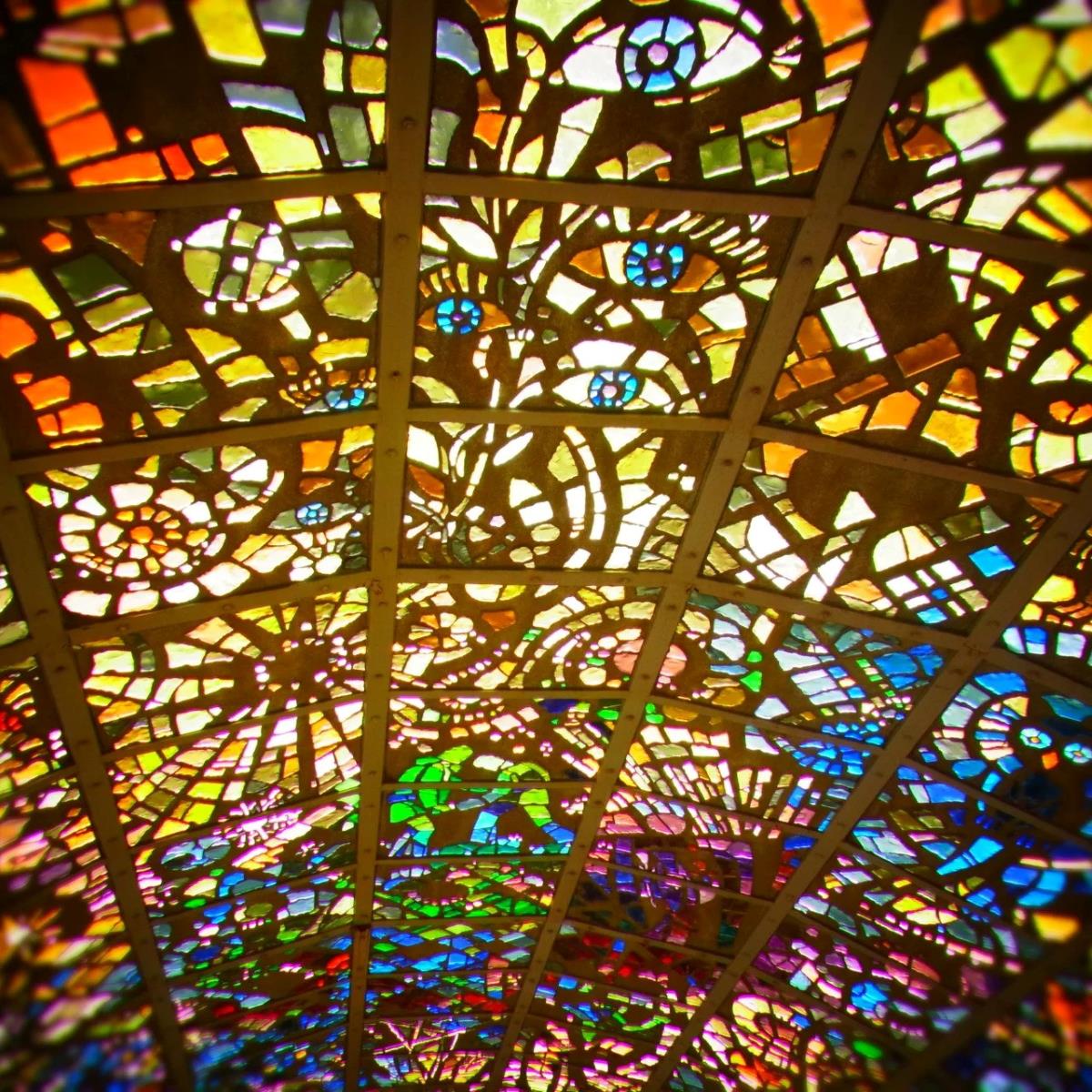
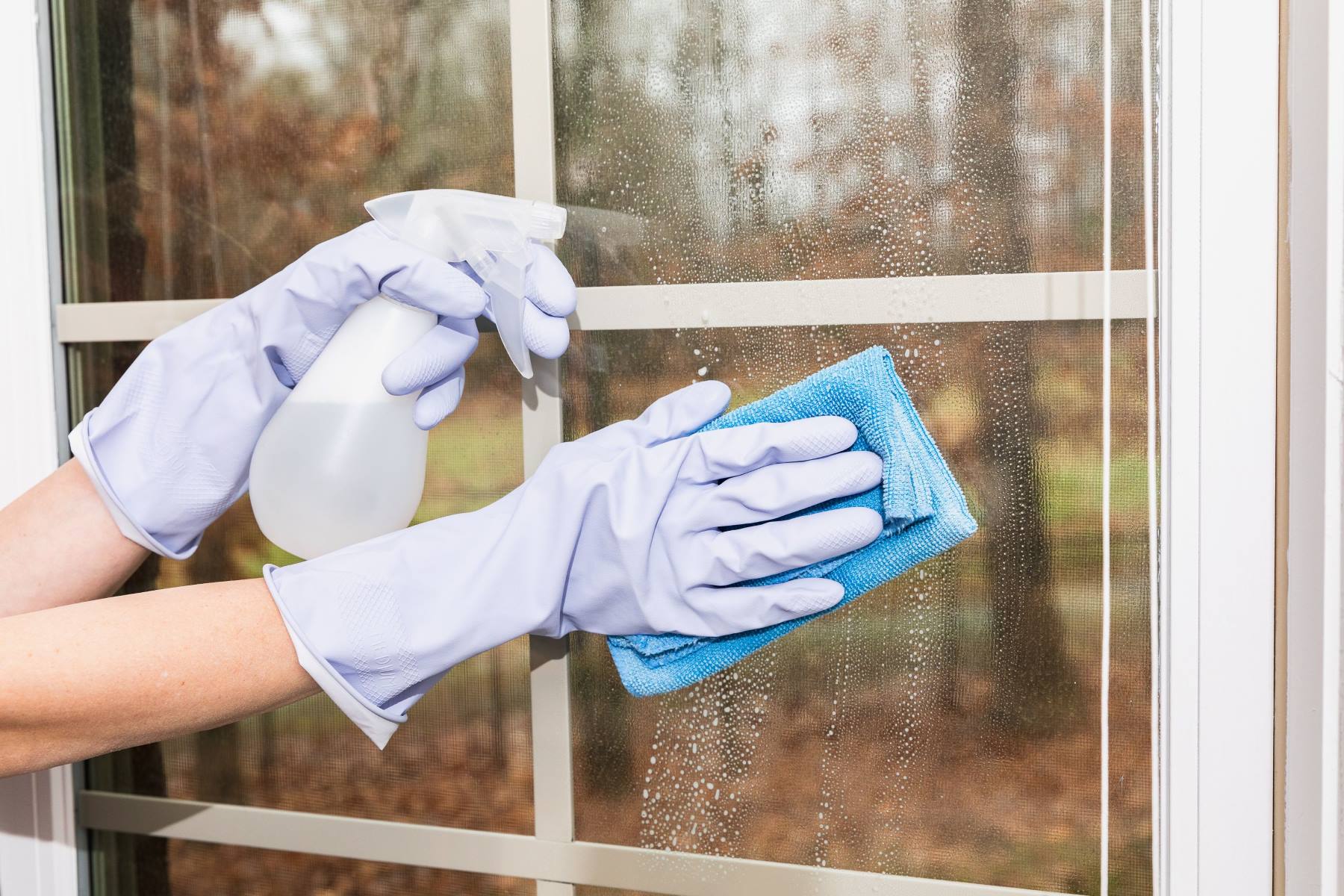
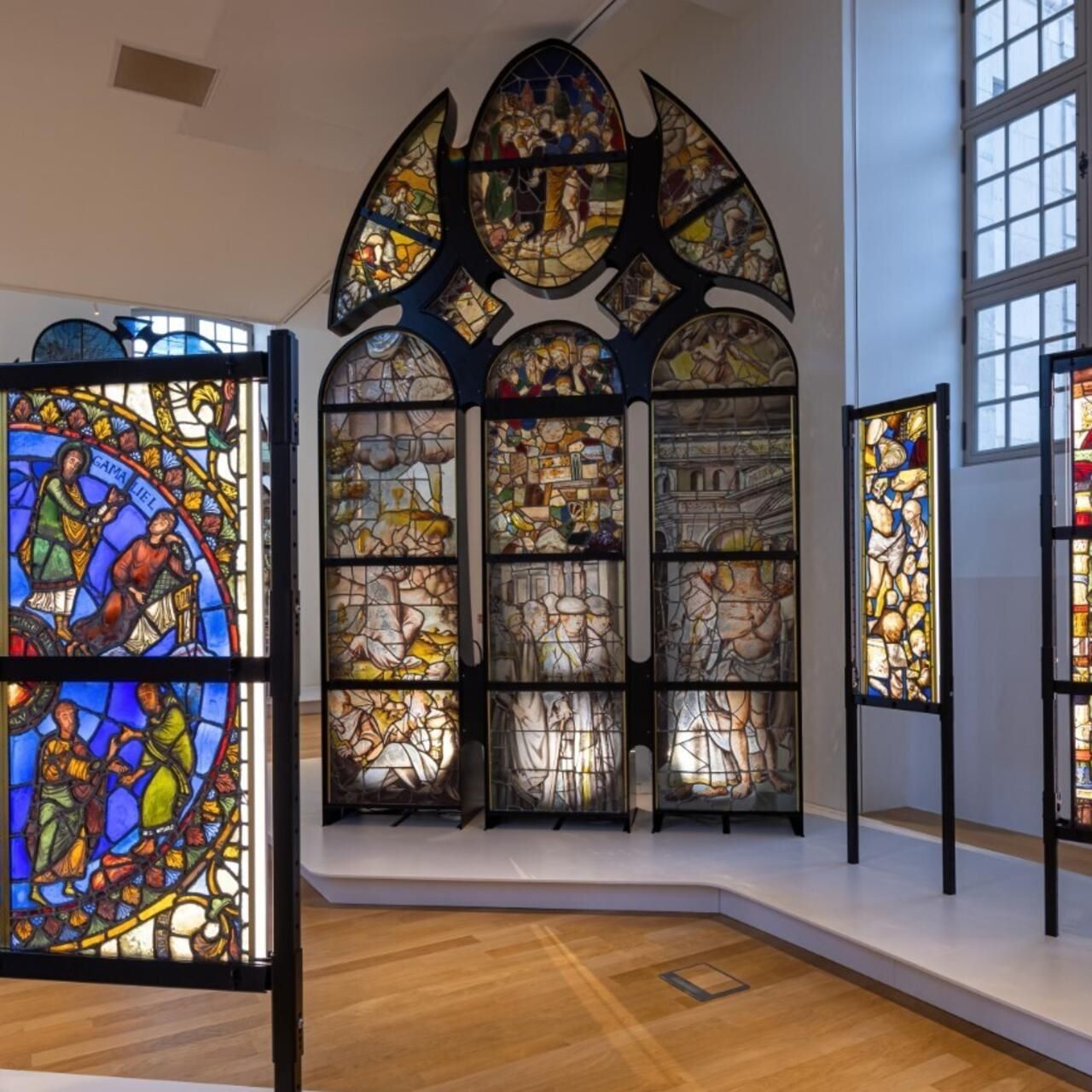
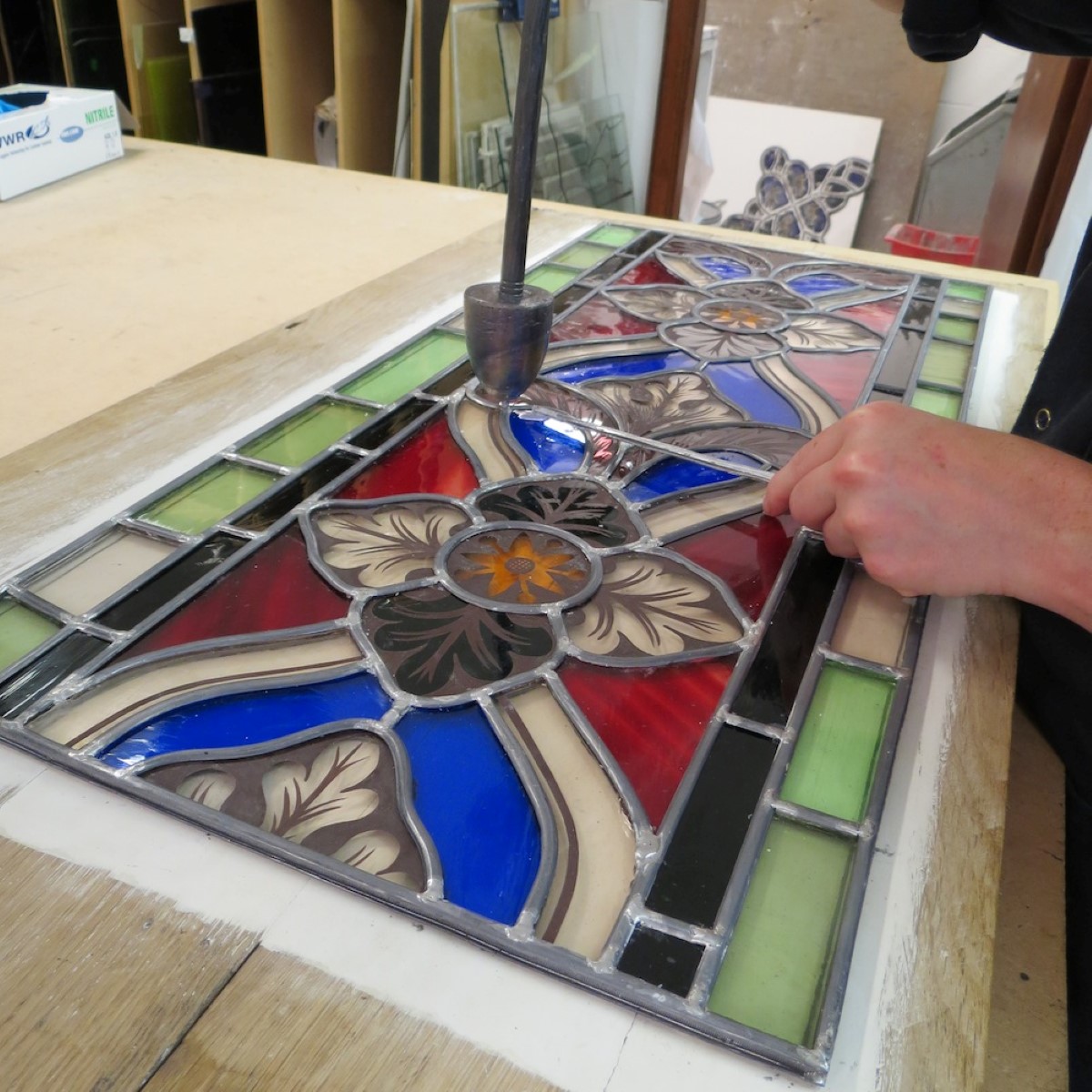

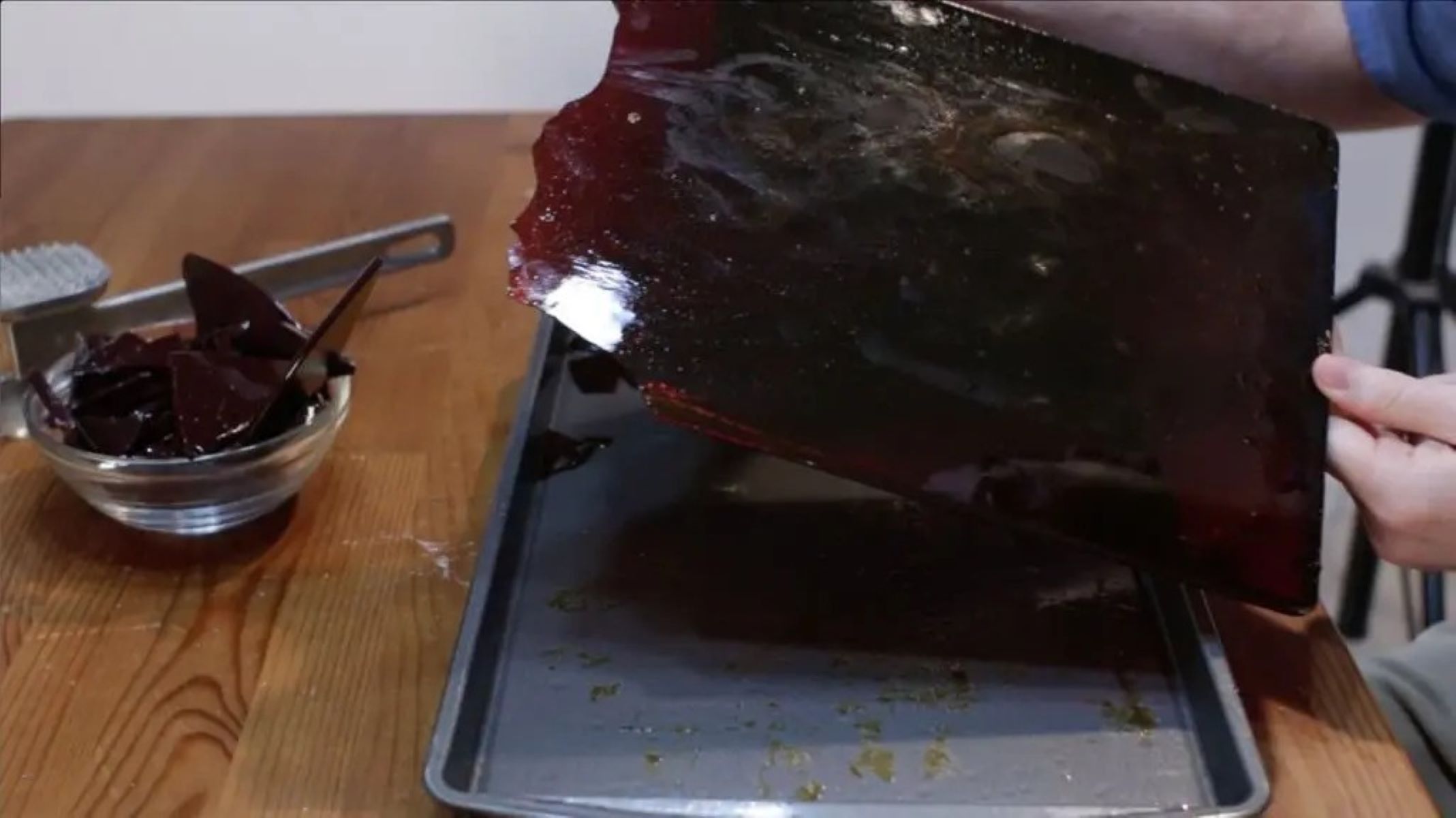
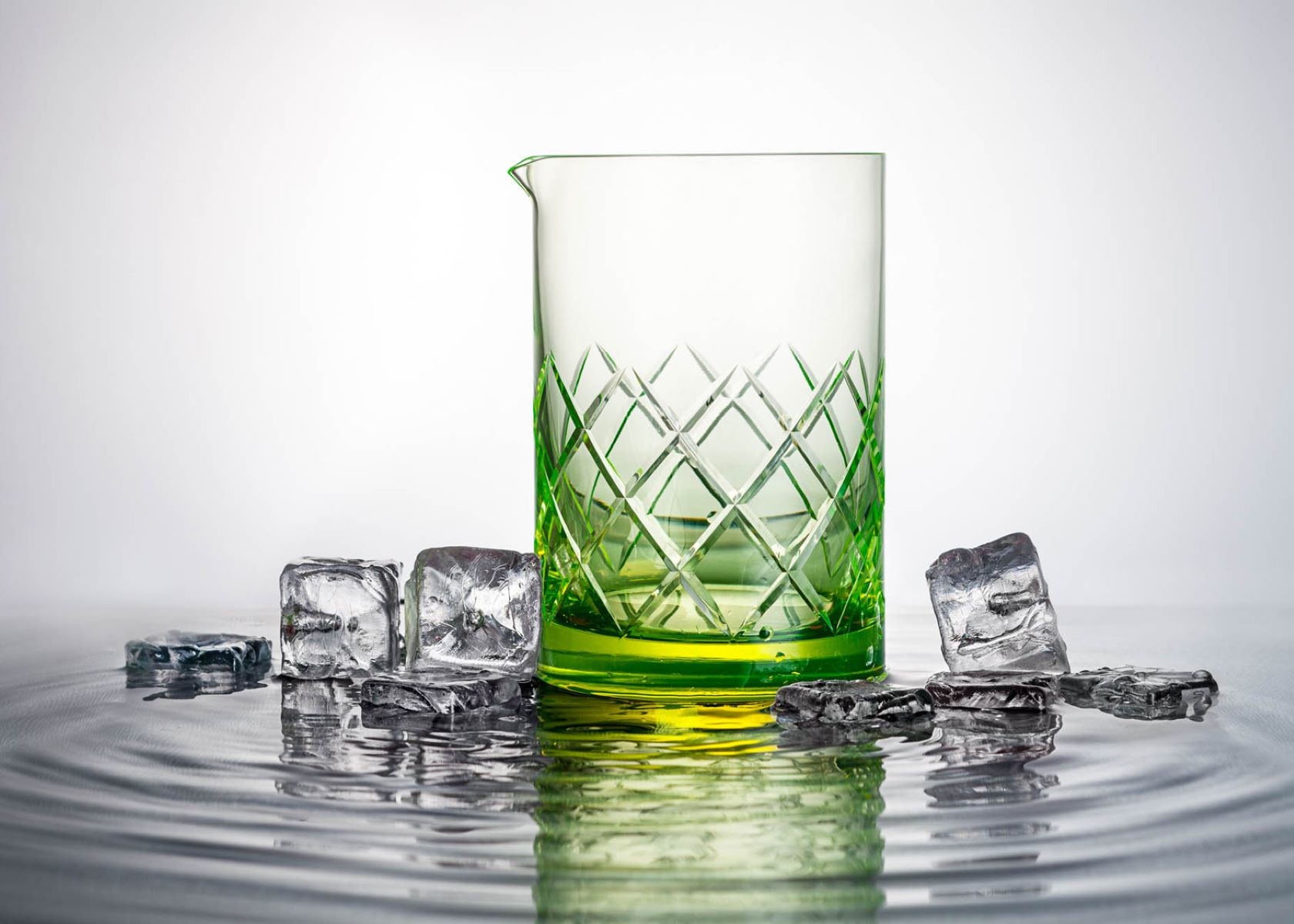
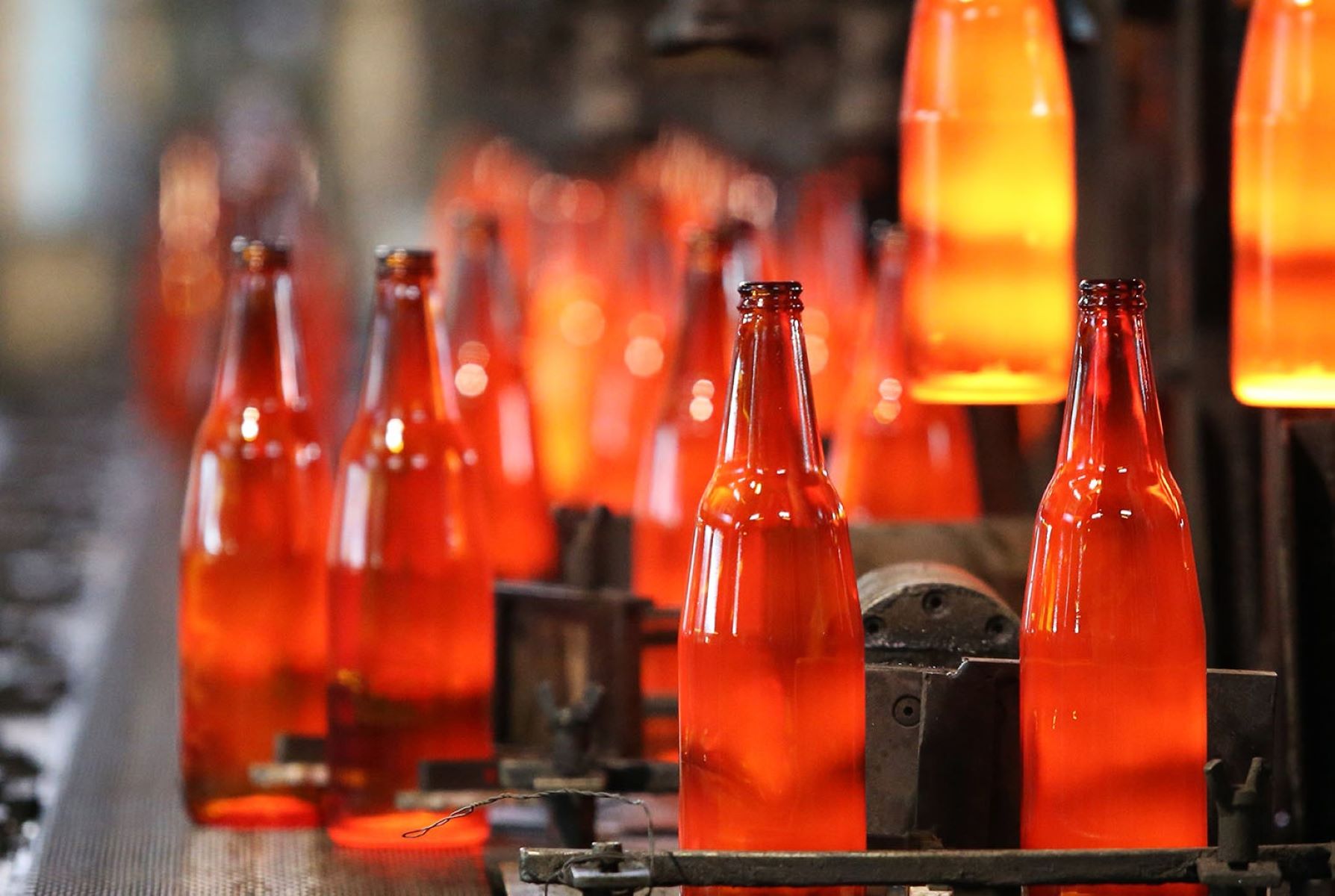
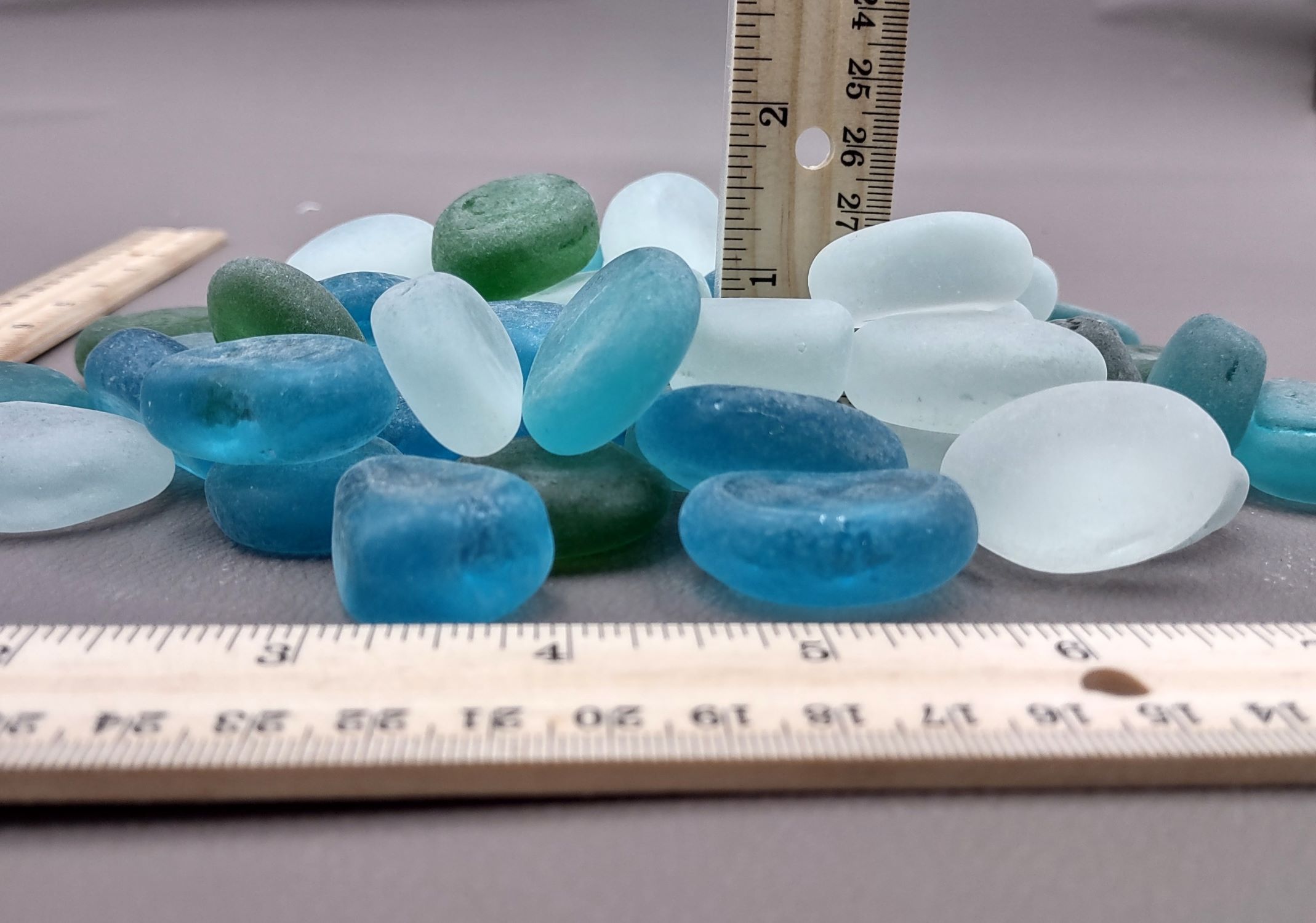
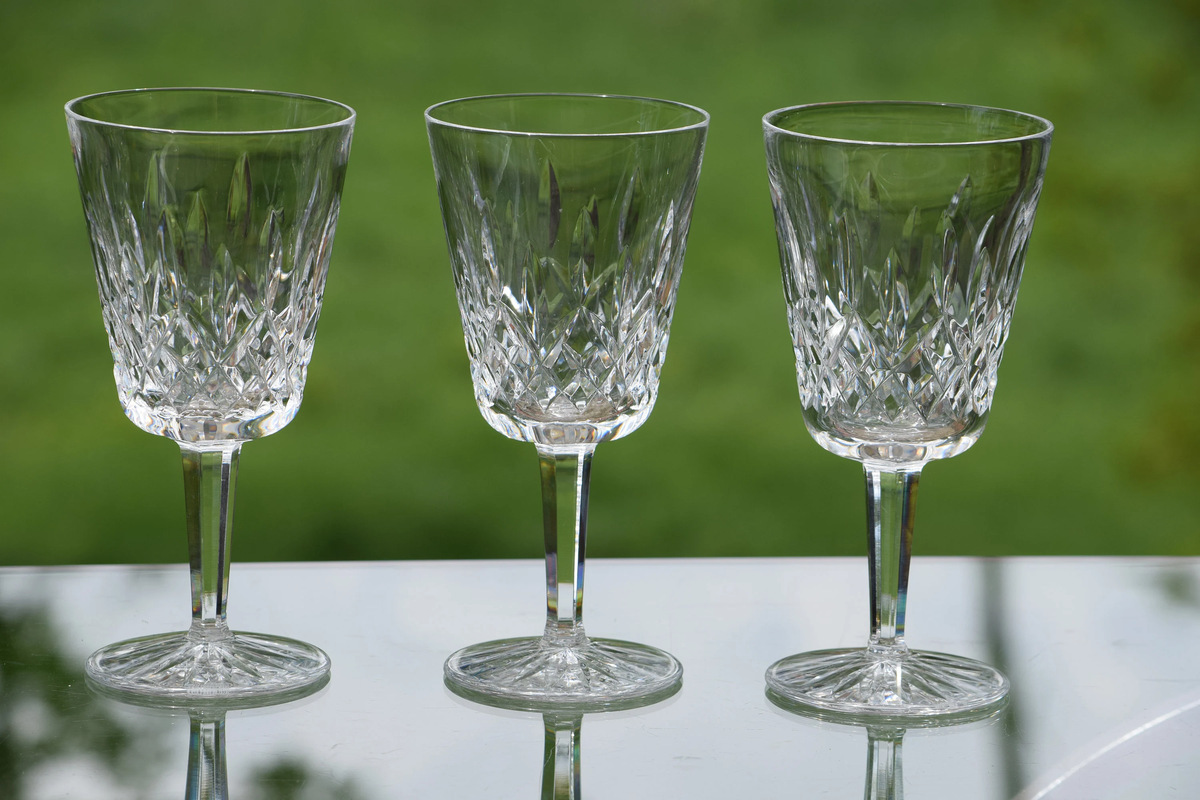

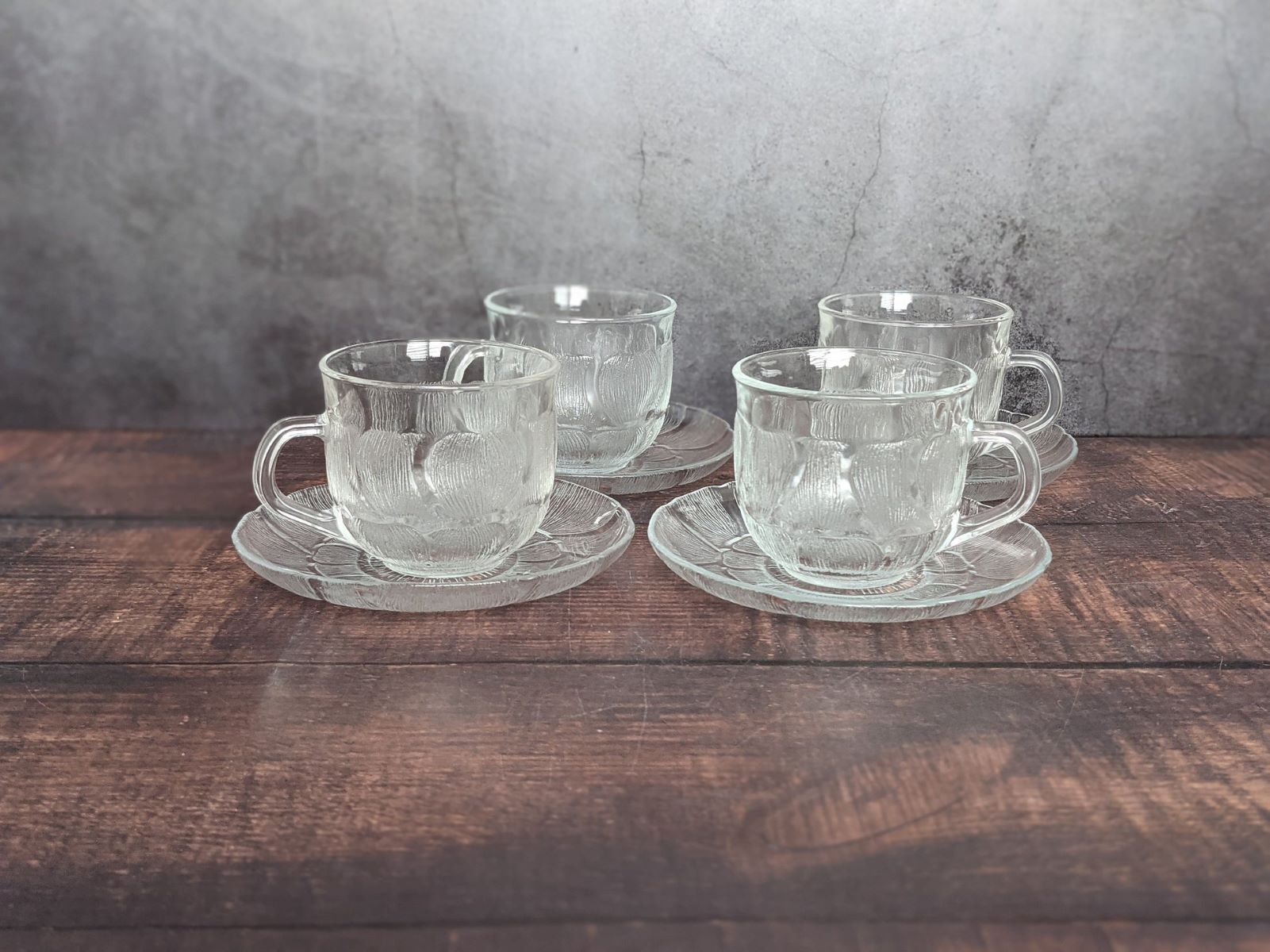
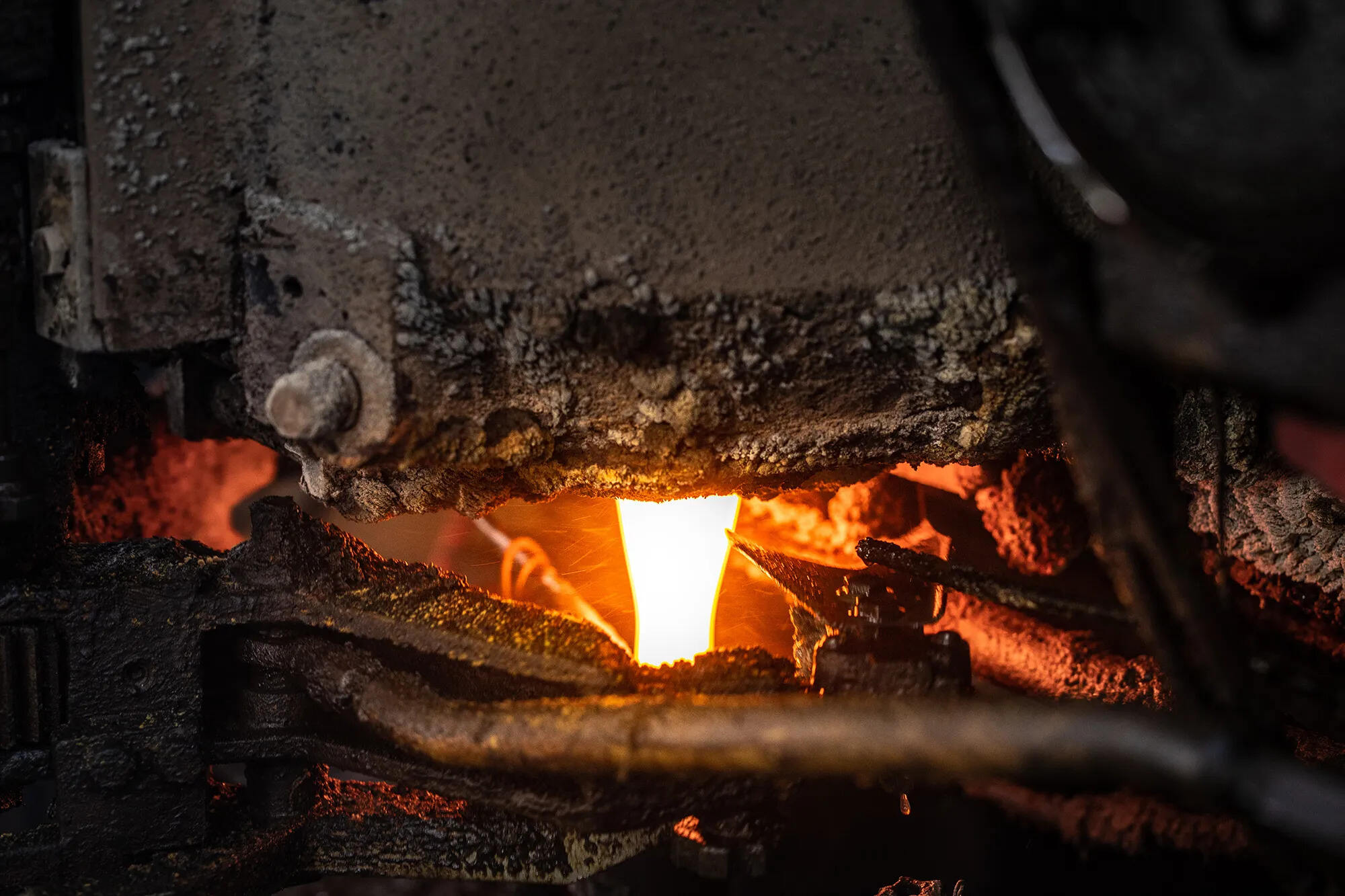

0 thoughts on “How Are Stained Glass Windows Made”